The Blue Merle Sheltie is a beautiful and distinctive breed of dog. Known for their striking blue merle coat, characterized by a marbled pattern of grey and black, these dogs will turn heads wherever they go.
With their intelligent and friendly nature, Merle Shelties make excellent companions and family pets. They are highly trainable and excel in dog sports, such as obedience and agility. We will delve into the fascinating world of the Merle Sheltie breed. We’ll cover everything from understanding the genetic perspective behind their unique coloring to exploring their historical significance.
You’ll also discover the key characteristics that make Merle Shelties special, including their size, lifespan, and behavioral traits. We’ll even provide tips for these adorable pups’ training and exercise needs. And, of course, we can’t forget about their care essentials, including diet and grooming.
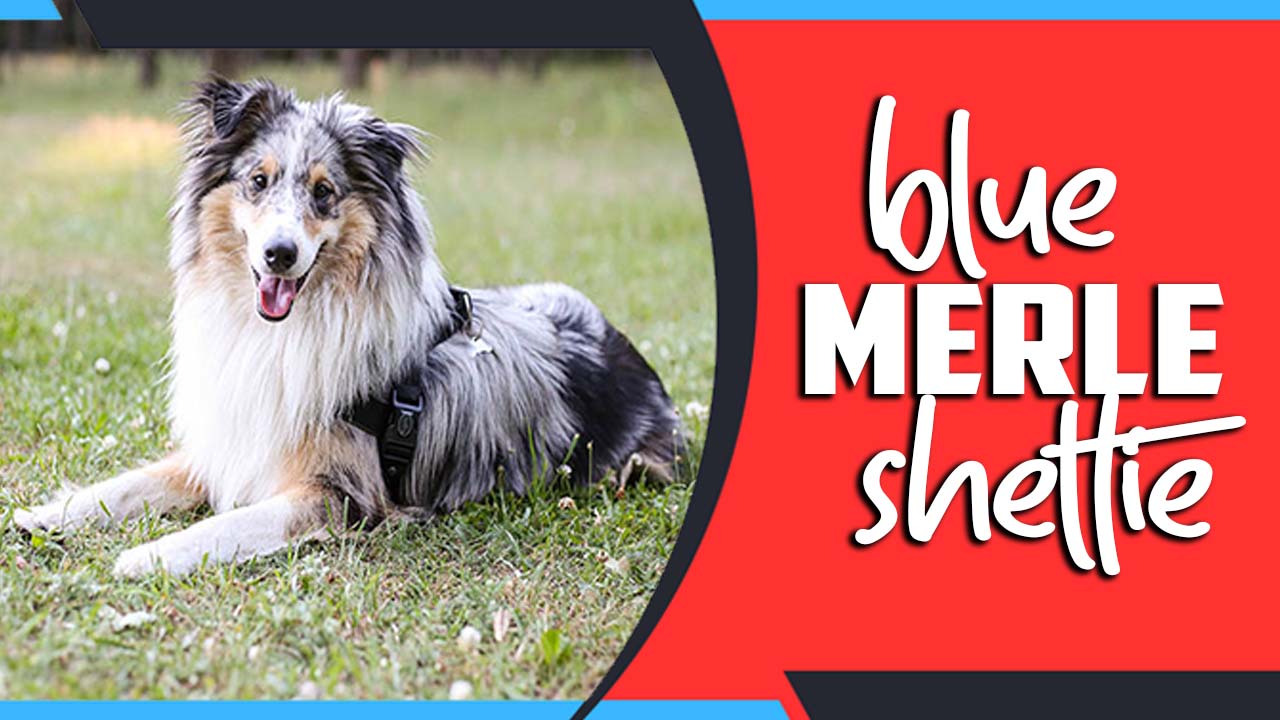
Understanding The Blue Merle Sheltie: A Genetic Perspective
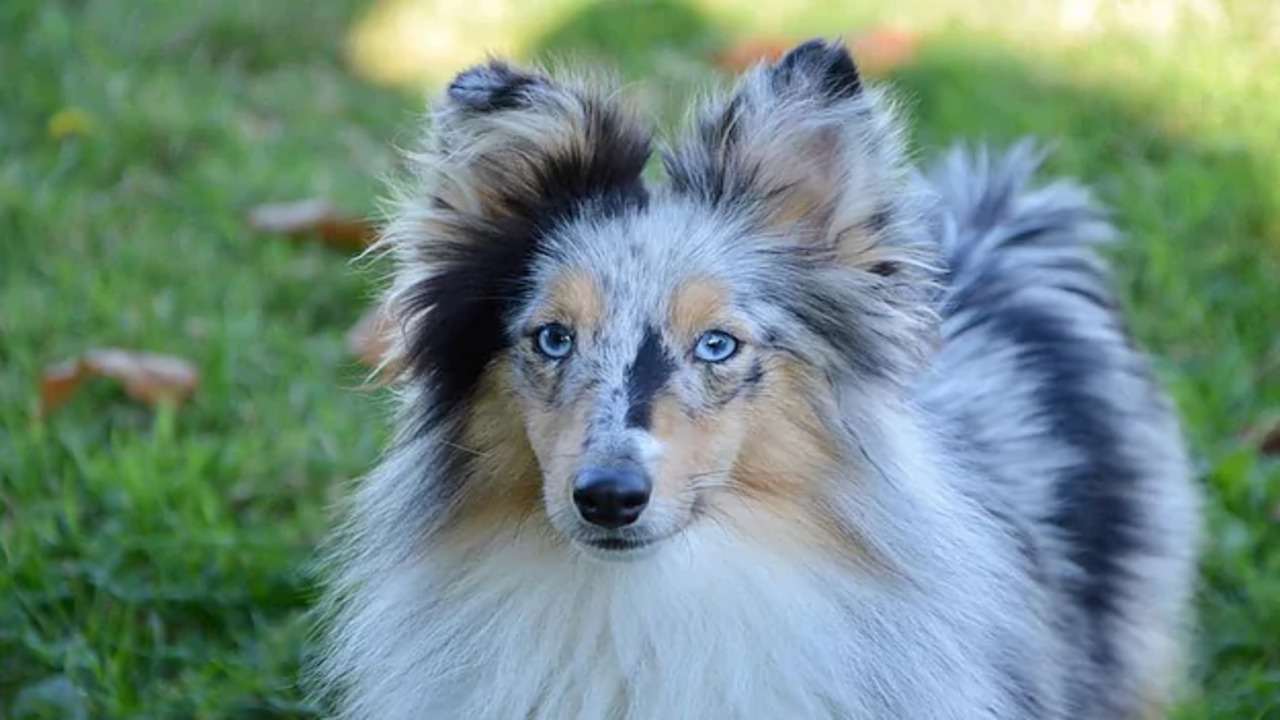
Blue Merle Sheltie are a unique color variation of the Shetland Sheepdog breed, distinguished by their blue Merle coat. This color is the result of a genetic mutation that affects pigmentation. Merle Shelties can exhibit various coat patterns and colors, including shades of blue, gray, and white markings.
However, knowing about potential health concerns associated with the blue merle gene is important. Deafness and eye abnormalities can occur in these dogs, emphasizing the need for responsible breeding practices and genetic testing to minimize these risks. By understanding the genetic perspective of the merle Sheltie, breeders can make informed decisions to preserve the health and well-being of these beautiful dogs.
The Color Phenomenon In Shelties
The coat color pattern of blue merle is a fascinating phenomenon found in Shelties. A striking mottled or marbled appearance characterizes it, with patches of blue-grey and black. The unique blue merle coloration is attributed to a specific gene known as the merle gene, which influences the distribution of pigments in the dog’s coat. Interestingly, this gene can also impact the color of their eyes, often resulting in one or both eyes being blue or partially blue.
People highly covet Merle Shelties for their stunning appearance. However, it is important to emphasize responsible breeding practices to avoid potential health issues associated with the Merle gene. Regular grooming is essential to maintain their beautiful coat, including brushing to prevent matting and bathing to ensure cleanliness and overall coat health. By adhering to these guidelines, Merle Shelties can flourish as beloved pets.
Historical Significance Of Sheltie Breed
The Merle Sheltie breed has a rich history and a strong connection to the Shetland Islands. Its unique coat color and patterns make it stand out among other Sheltie breeds, and these traits are genetically inherited. Merle Shelties have gained popularity in dog shows and competitions due to their stunning appearance and graceful movements.
Regarding temperament and personality, Merle Shelties are popular for being intelligent, loyal, and affectionate. They are excellent companions and family pets.
Caring for and training Merle Sheltie requires attention to their exercise and grooming needs. These active dogs enjoy regular physical activity and mental stimulation. Grooming is an important aspect of their care, as their double coat requires regular brushing to prevent mats and loose hair.
Additionally, periodic baths help keep their coat clean and healthy. When looking for a Merle Sheltie, it is recommended to find a reputable breeder who focuses on responsible breeding practices and genetic health testing to ensure the overall well-being of the breed.
Key Characteristics Of The Blue Merle Sheltie Breed
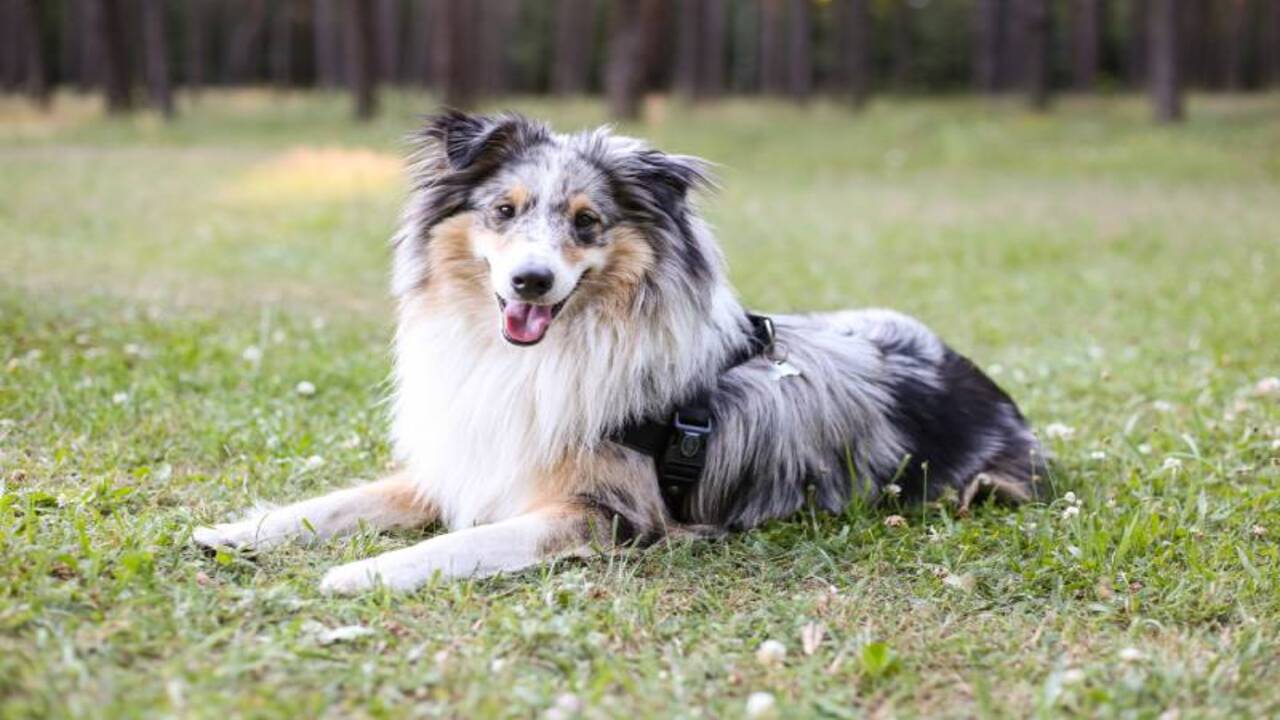
Merle Shelties have a unique coat color pattern consisting of blue, gray, black, and white patches. As a herding breed, they are highly intelligent and agile, excelling in various dog sports and activities. Merle Shelties are loyal and make excellent family pets.
However, proper socialization and training are crucial to prevent potential behavioral issues. Additionally, these dogs require regular grooming to maintain the beauty of their coat. By adhering to regular grooming routines, including brushing and bathing, Blue Merle can keep their coat healthy and free from mats or loose hair.
Size And Lifespan Of Blue Merle Shelties
Blue Merle are medium-sized dogs, typically weighing 20-25 pounds and standing around 13-16 inches tall at the shoulder. They have a lifespan of around 12-15 years, although they can live even longer with proper care and nutrition.
The distinct coat color pattern of Merle Shelties includes patches or marbling of blue, grey, and black on a white or cream base. Their coats are usually thick and double-layered, requiring regular brushing to prevent matting and keep their fur healthy. Blue Merle are known for their intelligence and trainability, making them excellent candidates for obedience training and various dog sports.
Behavioral Traits And Temperament Of Blue Merle Shelties
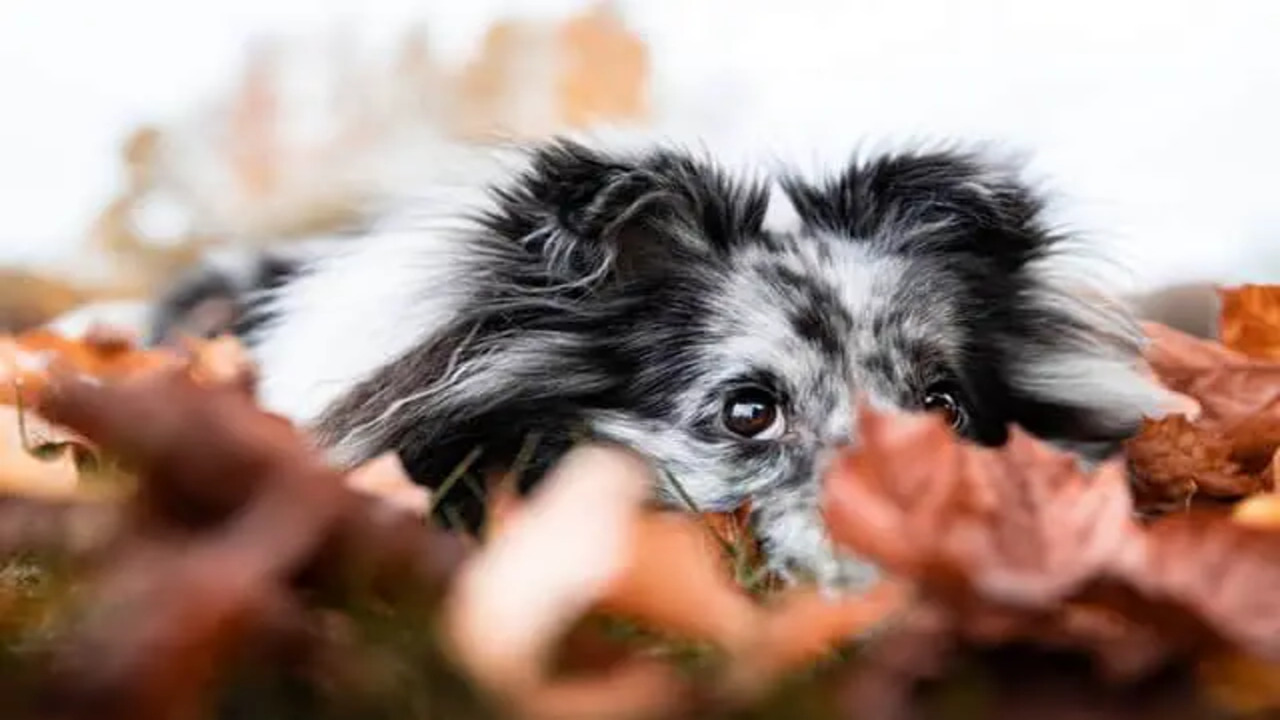
People highly regard Blue Merle for their intelligence and trainability. They are popular to be friendly and affectionate towards their owners, although they may exhibit reserved behavior around strangers. Their strong herding instincts can sometimes lead to nipping or chasing behavior.
To keep them happy and content, regular exercise and mental stimulation are crucial in preventing boredom and destructive behavior. Proper socialization from an early age is important to ensure a well-rounded and confident Blue Merle. Blue Merle makes wonderful companions with their unique intelligence, trainability, and affectionate nature.
Training And Exercise Needs For Blue Merle Shelties
Blue Merle are known for their intelligence and trainability, making them a joy to train. These highly energetic dogs require regular exercise to prevent behavioral issues. Positive reinforcement training methods, such as rewarding good behavior and offering praise, work best with Blue Merle Their intelligence also means that mental stimulation is crucial to prevent boredom.
This breed needs regular socialization to behave well around other animals and people. Whether it’s obedience training or engaging in activities like agility, Blue Merle thrives when they have a job. You can help them reach their full potential as intelligent, well-rounded companions by providing them with the necessary training and exercise.
Care Essentials: Diet And Grooming
Blue Merle has unique dietary needs that require a balanced and nutritious diet. Providing them with high-quality dog food specifically formulated for their breed is essential for their overall health and well-being. Regular grooming is also crucial to maintaining a Blue Merle’s beautiful coat.
Proper brushing techniques and tools help prevent matting and tangles in their fur, keeping it clean and healthy. As Blue Merle is prone to certain health conditions, regular check-ups with a veterinarian are important to ensure early detection and prevention of any potential issues.
Exercise and mental stimulation are also necessary to keep a Blue Merle happy and healthy. Engaging in obedience training, agility, or herding can help fulfil their natural instincts and keep them mentally sharp. Understanding and fulfilling their care requirements ensures your Blue Merle thrives and enjoys a long, healthy life.
Why Is The Blue Merle Sheltie Considered A Great Pet?
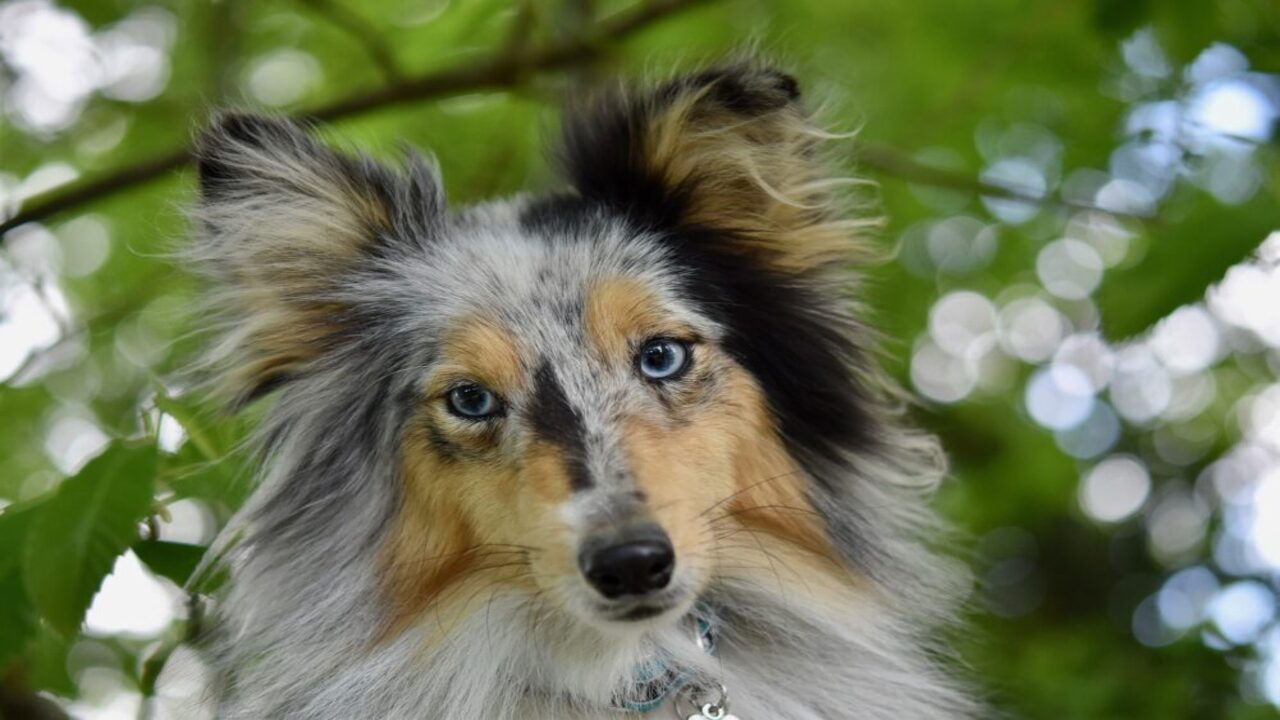
Several reasons to consider the Blue Merle a great pet. Firstly, they are known for their intelligence and trainability, making them easy to teach new commands and tricks. This makes them a popular choice for obedience competitions and agility training.
Additionally, Blue Merle are highly loyal and affectionate towards their owners, forming strong bonds with their families. They are also excellent with children, often taking on a protective role and being patient and gentle. Lastly, their stunning blue merle coat adds to their appeal as a pet. With their striking colors and beautiful markings, Blue Merle are great companions and eye-catching additions to any family.
Conclusion
Blue merle sheltie are a unique and beautiful variation of the Shetland Sheepdog breed. With their striking blue merle coat and intelligent, affectionate nature, they make wonderful companions for individuals and families alike. Whether looking for a loyal and loving pet or a show dog, the Blue Merle will surely capture your heart.
Considered one of the most stunning colorations in the breed, these dogs are truly special and cherished by their owners. To sum it up, the Blue Merle is a unique and beautiful dog breed that has captured the hearts of many dog lovers.
With their striking coat colors and intelligent nature, it’s no wonder why they are considered great pets. However, it’s important to understand their genetic perspective, historical significance, key characteristics, behavioral traits, and care essentials before bringing one into your home.
Frequently Asked Questions
[rank_math_rich_snippet id=”s-3ae5c1f8-634e-4ae7-8aea-a97d2b6bf91c”]